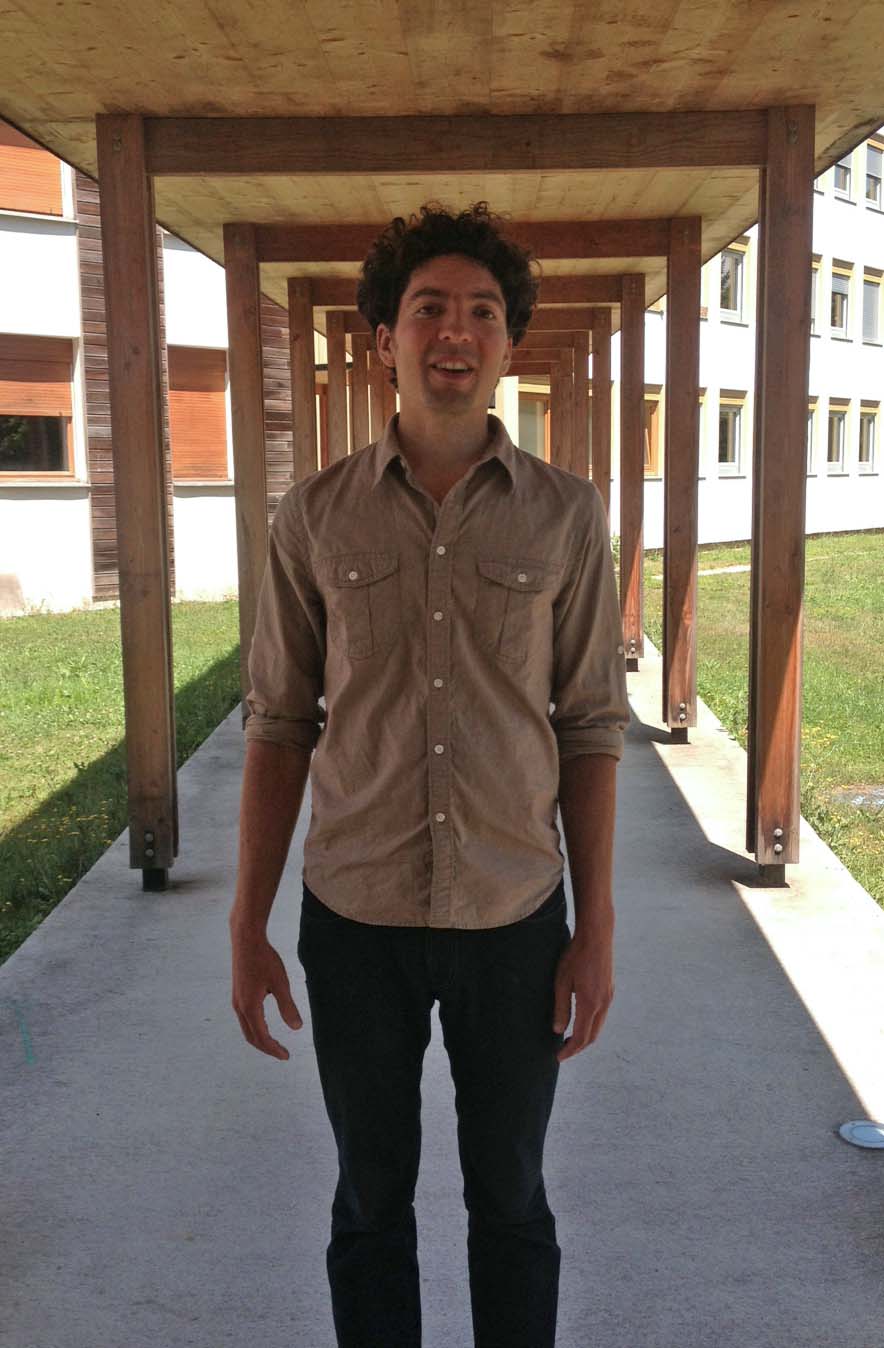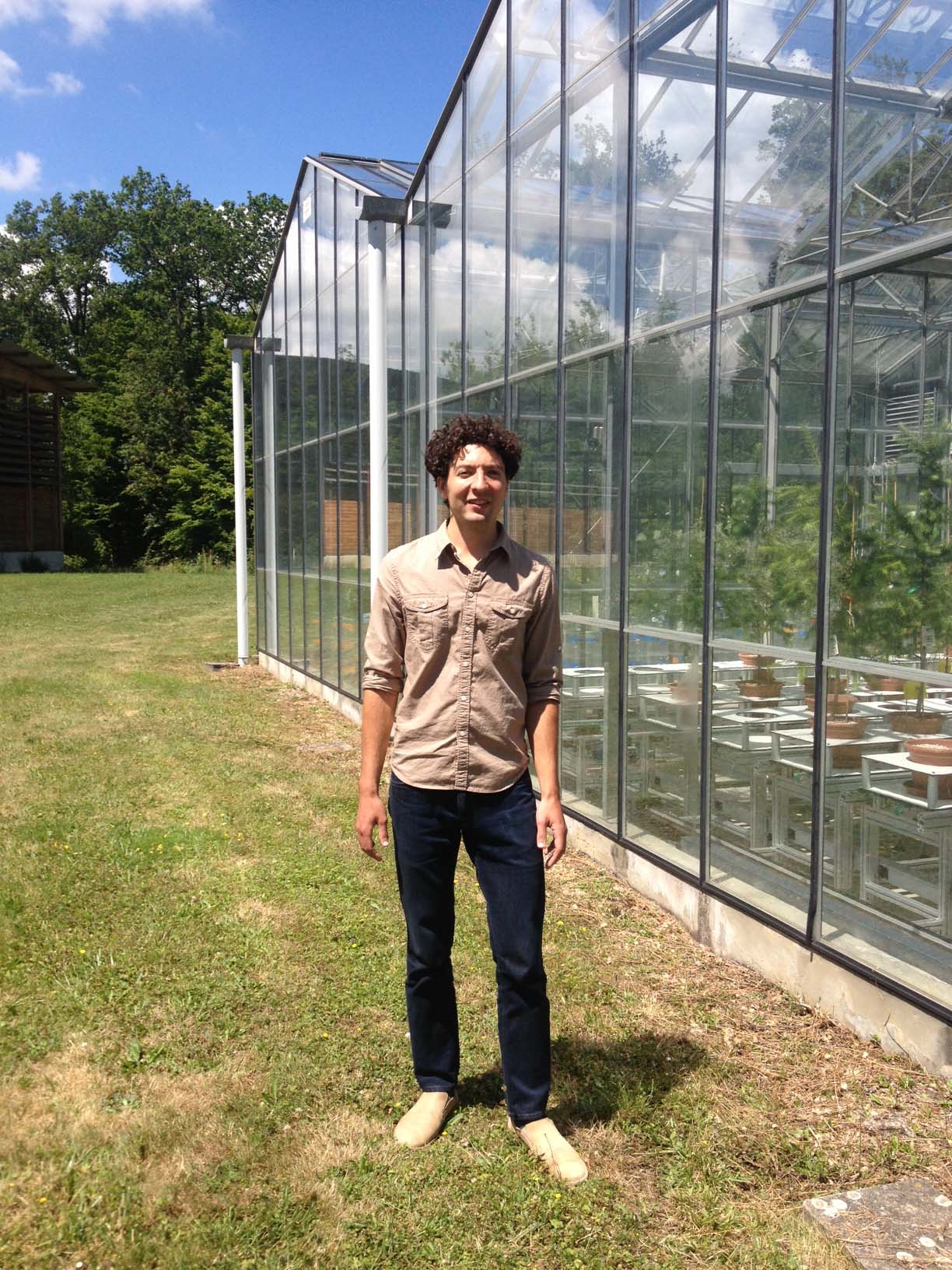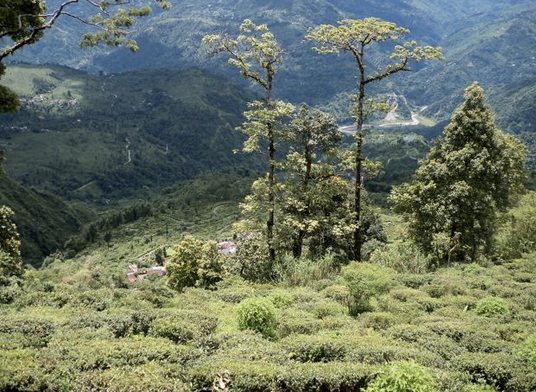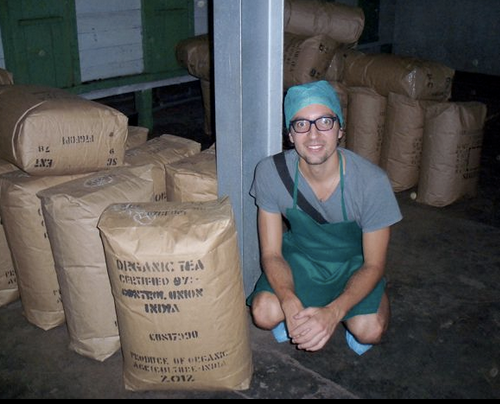Peter Oviatt
Doctorant
24 juin 2015
________________
Peter est doctorant dans le domaine de l’Histoire, de l’Anthropologie et de l’étude des Sciences et Technologies (HASTS) à l’Institut de Technologie du Massachusetts (MIT). Il étudie les interactions entre les champignons, les plantes et l’activité humaine, particulièrement dans les zones fortement impactées par ces derniers. Que ce soit dans des jardins urbains, des truffières ou de vastes monocultures intensives, son intérêt se porte sur la rhizosphère : partie du sol en contact avec les racines, là où champignons et arbres se rencontrent. Peter étudie la progression du corpus de connaissances relatives aux champignons du sol et leurs symbiontes, ainsi que de la façon dont ils sont perçus. Il porte une attention particulière aux collaborations, scientifiques ou non, … Très intéressé par l’application de ces connaissances et de leur impact sur les sociétés humaines et les paysages, Peter porte une attention particulière aux différentes collaborations, scientifiques ou non, allant dans ce sens.
Son principal sujet d’étude est la symbiose mycorhizienne, association entre certains champignons filamenteux du sol et la plupart des plantes terrestres. Avec l’exploitation des champignons mycorhiziens, utilisé en tant que fertilisant, dépolluant ou bien encore pour la production de champignons comestibles, une véritable économie basée sur l’exploitation de la symbiose mutualiste mycorhizienne est née, dont la complexité sociale requiert une étude approfondie. Suite à l’intérêt grandissant pour les champignons la perception du public sur ces organismes évolue rapidement. A travers son travail sur la symbiose mycorhizienne, Peter espère apporter un nouveau regard sur des sujets aussi divers que l’agro-écologie, l’usage des sols et les sciences de l’environnement au sens large.
Peter est à Nancy cet été pour travailler avec les chercheurs du LabEx ARBRE dans l’UMR Interactions Arbres/Microorganismes (IaM), dont François Le Tacon, Francis Martin et Claude Murat. Il est encore au stade préliminaire de son travail de recherche, et souhaite donc rencontrer différents chercheurs du domaine pur acquérir une meilleure compréhension de leur travail, et élargir son réseau de connaissances.
Ci-dessous est l’interview (en anglais) qu’il nous a accordée récemment.
_____________________________________________________________________________
Where are you from originally and where do you spend most of your time now?
I grew up in Cleveland, Ohio. I left the area after graduating high school and moved to New York City. In between traveling and a few jobs, I earned my bachelor’s and master’s degree in New York. In 2013, I moved to Cambridge Mass to start my PhD at MIT.
When did you start to take an interest in science or research? Did you experience a particular light-bulb moment when you knew what direction you wanted to take?
I don’t think there was a single light-bulb moment. For me, life and research is more of a tortuous path, along which I pick up influences and interests. That said, my earliest experience with mycorrhiza occurred when I was maybe 18 years old. My brother is a certified arborist, and as a summer job I would go out with the company he worked with to care for trees. On one occasion, I remember asking why he was giving something called mycorrhiza to a sickly tree. He told me it’s a fungus. This didn’t make sense to me. Fungi harm trees, right? I guess my brother wasn’t in the mood to explain mycorrhizal associations to his younger sibling–all he said was, “think of it as medicine.” I was intrigued and confused, but didn’t pursue the question until much later. Looking back, however, I think the experience left an important mark on my thoughts. How do we come to know, and perceive organisms and natural processes as good or bad, important or not…
Take us briefly through your educational path. When did you realize you wanted to study politics in the context of social research? What interested you most about studying mycorrhiza? And is Paul Stamets right, can mushrooms save the world?
Again, for me, the path is rarely straight. After completing my bachelor’s degree, I desired a change of environment and pace. I decided to work for a local educational NGO in Cameroon. I spent about five months in West Africa, teaching English and business skills at a vocational school for teenagers. While in Cameroon I became interested in global food systems and local land-use. I found myself surrounded by troubling environmental and economic issues. I sought to understand the scientific and social factors that drive international development, food production and resource use. While still in Cameroon I applied for master’s program in Politics at the New School for Social Research, in New York City. The New School is very progressive; the institution insists upon multi-disciplinary work. And so, my work in politics did not concern democracy and elections, per se, but every-day power structures. My research looked at the intersection of ecology, environmentalism, and food-production.
For my MA thesis I conducted a comparative study of tea production in Yunnan Province (China) and West Bengal (India). I was interested in “sustainable” forms of tea production, and tea gardens that boast of high biodiversity, bucolic landscapes, and alternative forms of land-use—such as agro-forestry mixed with community-based agriculture. I didn’t know it beforehand, but my research in Yunnan took place during the peak of mushroom season. The fungal diversity and cultural importance of mushrooms blew my mind (maybe this was my light-bulb moment). I quickly switched topics, as the production and trade of an edible mycorrhizal mushroom called matsutake captured my attention. This mushroom was completely transforming rural communities. The global trade of matsutake was leading to what mycologist David Arora calls “matsutake mansions,” elaborate houses in the middle of rural and often-impoverished regions of Yunnan. I then began to ask why these mushrooms are so expensive and culturally valued? Why aren’t they cultivated?
I continued to study mixed forms of land use, such as agro-forestry and myco-silviculture. I also became interested in local and global schemes to cultivate saprophytic mushrooms on agricultural wastes (saprophytes grow by degrading cellulose, hemicellulose and lignin).
Yes, you are right to bring up Paul Stamets: A big piece of my work considers the claims made by environmentalists and entrepreneurs (such as Stamets), in relation to emerging fields of research in mycology and soil ecology.

Tell us about your research today – what is your specific focus at the moment and why is it important?
Currently, my aim is to dive deeper into the latest research surrounding mycorrhiza. Who or what is driving this research forward: Global environmental concerns? Regional economies? Emerging tools for genetic analysis? In pursuing these questions, I couldn’t ask for a better team than IAM. They conduct leading research in fungal genomics alongside critical work in applied mycology—such as emerging agro-forestry practices and quality control for mycorrhizal products. IAM shows that basic and applied work is necessarily intertwined, if not a false dichotomy!
I pay close attention to how this science fits into the current historical moment. Discussing with researchers who have worked with mycorrhiza for decades, and experienced trends in social and scientific interests, is invaluable to my research. I strive to tack back and forth between specific research projects, such as François Le Tacon and Claude Murat’s work with truffle orchards, and broader currents in science, technology and society.
Could you comment on the idea of collaboration in science and how that has that played a role in your own work?
Collaboration is key, and especially across disciplines. For instance, a core discipline in my program at MIT (Science and Technology Studies (STS) is inherently un-disciplined. It is housed within the social sciences, but filled with those trained and active in natural science research. There are all sorts of natural-social combinations. To cover such expansive ground, and show that the natural-social divide is not so sharp, I collaborate with researchers in ecology, anthropology, environmental history and microbiology.
And on your experience in Lorraine?
I am indeed making new discoveries here in Lorraine. My project looks at the network of scientists and mycorrhizal technologies in the U.S. and France. This international research community is intimate, but filled with styles of experimentation and implementation that are culturally unique. I am still in an early stage of my research, so its safer here to keep this abstract, for now.
What would you name as the major scientific issues – or next frontiers – for mycorrhiza?
Applied work with mycorrhiza, and soil-dwelling symbionts in general, is wide open. It is what attracts me to the subject. I don’t know which is rising faster, public interest in mycorrhiza or the number of studies on the topic. Of course, the two work hand in hand. And as this occurs, branches of mycorrhizal research multiply. Much of this is driven by uncertainties of mycorrhiza’s role in carbon sequestration, or its ability to help plants withstand the stresses of increasingly polluted and desiccated soils. In the United States, mycorrhiza is increasingly connected with efforts to “remediate” industrially damaged soils, or “rewild” swaths of land. And yes, now we find ourselves back in “mushrooms will save the world” discourse. So much of the popular and scientific literature is filled with it; in many respects, mycorrhiza has become a morally-charged concept.
This connects with another interest: Applications aside, how might increasing public awareness of mycorrhiza (and other microbial-plant interactions) alter environmental perceptions? Will deeper understandings of soil ecologies and multi-Kingdom interactions impact the way individuals garden? The horticultural products they buy, or the agricultural policies they support?
Do non-scientific moments make you a better researcher?
Absolutely. In fact, I would ask what is it that separates the scientific from the non-scientific moments? More than working together, they seem inseparable! Ok, I’m being a little facetious here, but only partly. I believe that remaining open and transparent to one’s values and unique position in society is necessary, regardless if one works as a scientist, farmer, politician, or otherwise.
And for staying balanced and maintaining perspective?
Among other things, long distance cycling and Ashtanga yoga.
What advice would you give to young people just launching their careers in science and research?
Remain open to the larger context in which science and research takes place. The social and economic factors that drive, and are driven by, science demand continual evaluation.
Where do you hope your science will lead you in the future? What are your next steps?
At this point, I am still refining the research questions for my dissertation. It is why I am in France this summer. After Lorraine, I will visit with researchers in Toulouse, and managers of truffle orchards and farmers in the south of France. In the fall I return to Cambridge to complete requirements for my PhD program. The following year I will return to France for extended fieldwork with communities as diverse as farmers, ecologists, activists, industrialists and politicians, who, in one way or another, incorporate mycorrhiza into their lives and work.
______________________________________________________________________________
Listen to the Ted Talk by Paul Stamets
Read Peter’s blog Under the Darjeeling Fog





